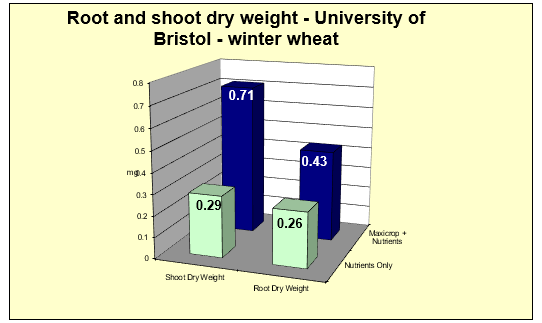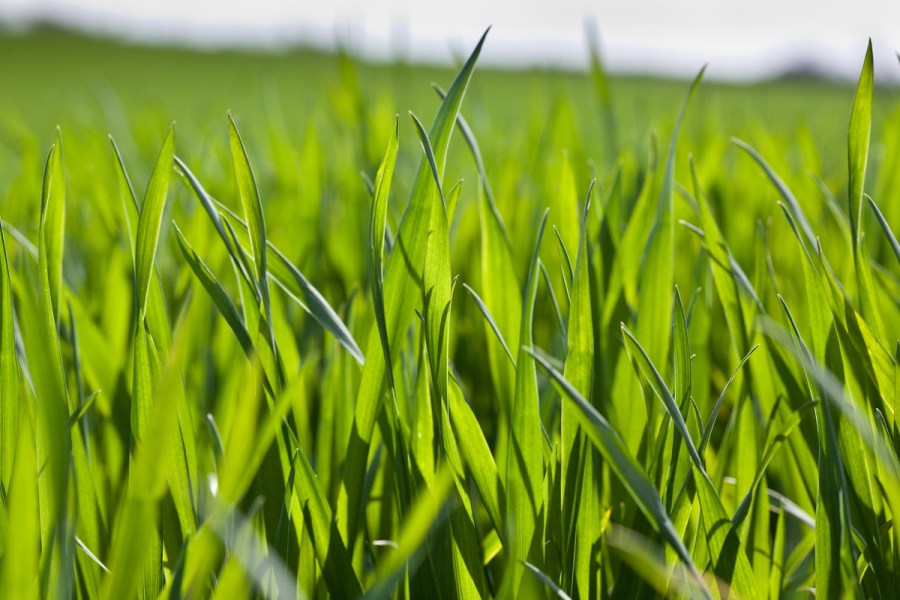The challenges of this season so far have been well documented – backward winter crops with poor root structures resulting in hungry, stressed plants. Equally, prolonged rainfall and subsequent waterlogging could mean significant leaching of soil-based nutrients including nitrogen.
According to Syngenta Biologicals’ Mike Garner, with crops already under pressure, a dry spring has the potential to exacerbate this further with the shallow, lateral spreading of roots.
“Whereas in the winter we’ve had too much soil moisture, in a dry spring the crop would struggle to access moisture and also nutrients because it lacks a robust root structure.
“Because many growers are anticipating a yield penalty come harvest as a result of recent stressful conditions, they’ll be looking to make the most of all inputs, nitrogen especially, to try and improve the end quality and mitigate losses,” he says.
Second wheats
And with wheat remaining a profitable part of cropping rotations, those with second wheats in the ground will require a well-developed root system even more, to grow away from potential stress and disease challenges such as take-all, to help maintain yields.

Research showed enhanced root growth with Maxicrop products
Biostimulants
Mike believes the key to overcoming poor rooting is by using biostimulants. This is because university research at UK institutes has shown that Syngenta Biologicals’ Maxicrop Triple can increase root dry weight by up to 65% and shoot dry weight by as much as 100%.
Furthermore, the trials have shown wider benefits such as increased chlorophyll levels, grain quality and tiller survival. Mike says optimising these aspects will be especially important this season.
“Helping crops to get up and away this spring, before potential drought conditions hit, should be a priority especially when dealing with backward cereals. As well as supporting fundamental crop development, a strong healthy plant can also play a valuable role in helping a crop deal with disease pressure, which is another unknown this year.” he says.
“With new crop wheat futures prices showing a lift for a November 2024 contract, growers will be keen to try and capitalise on this and maximise yield potential for this year’s crop.”
Maxicrop Triple can be used on all winter cereals including second wheats, late-sown or backward crops and oilseed rape – all of which benefit from bigger rooting systems to support yield potential, stresses Mike. “Even more so on lighter soils where nutrient leaching is especially problematic.”

University research showed significant increases in root and shoot dry weight after using Maxicrop products
Application guidance
His advice is to apply Maxicrop Triple at 1.5-2.0 l/ha as soon as spring growth commences (at T0 or T1).
Maxicrop Triple is formulated from seaweed extracts and is suitable for use on a wide range of crops. It can be tank mixed with different crop protection products including fungicides.
Maxicrop Triple is available from all main agricultural distributors.
For more information, contact Michael.Garner@syngenta.com




